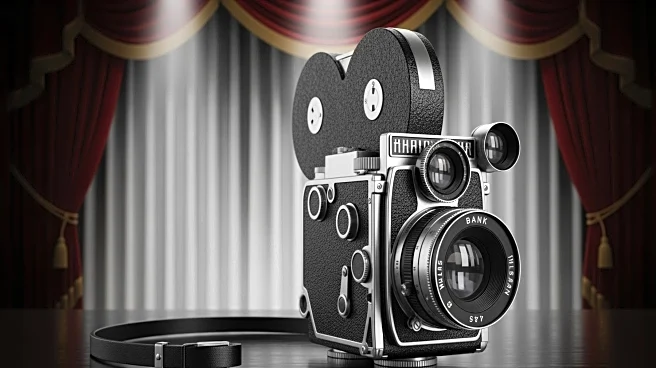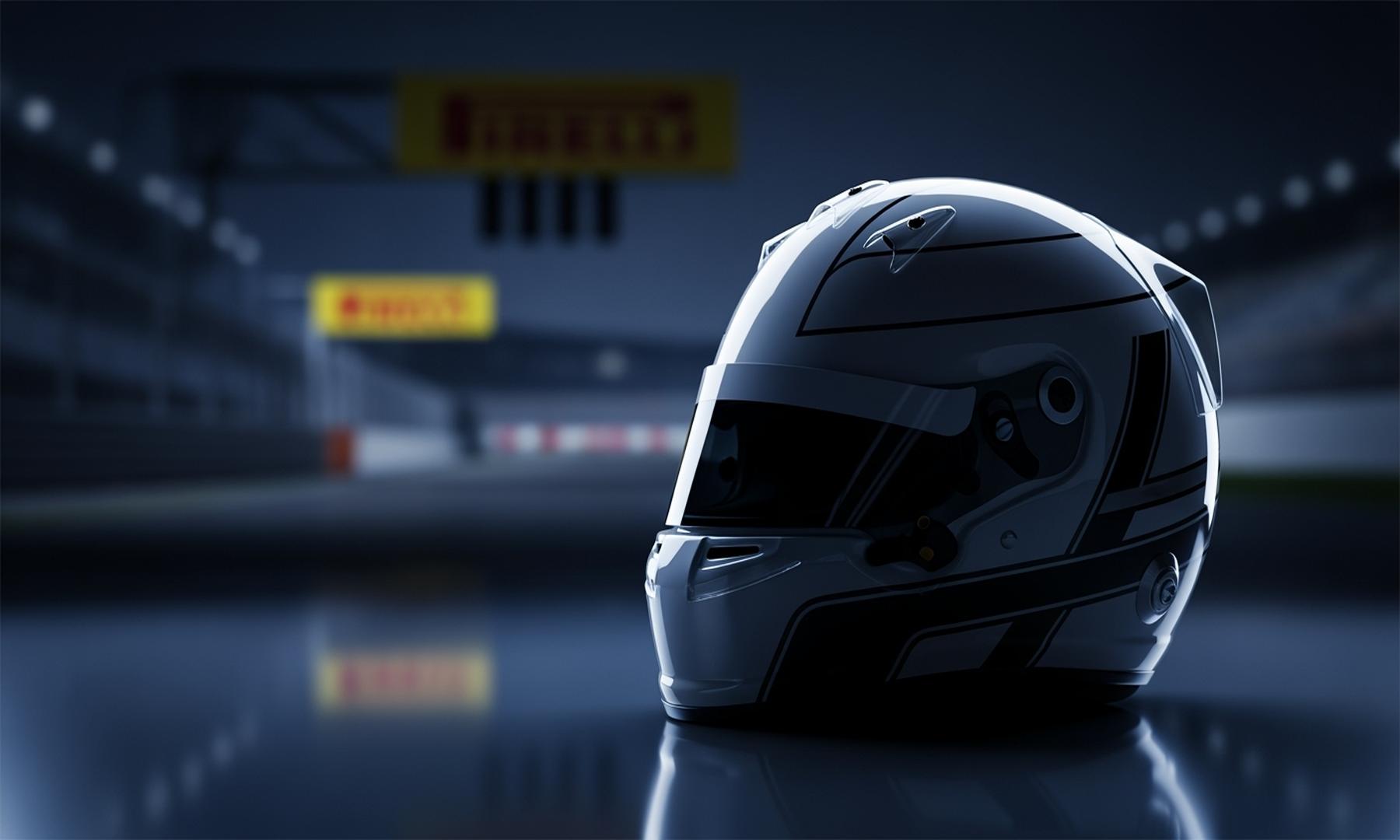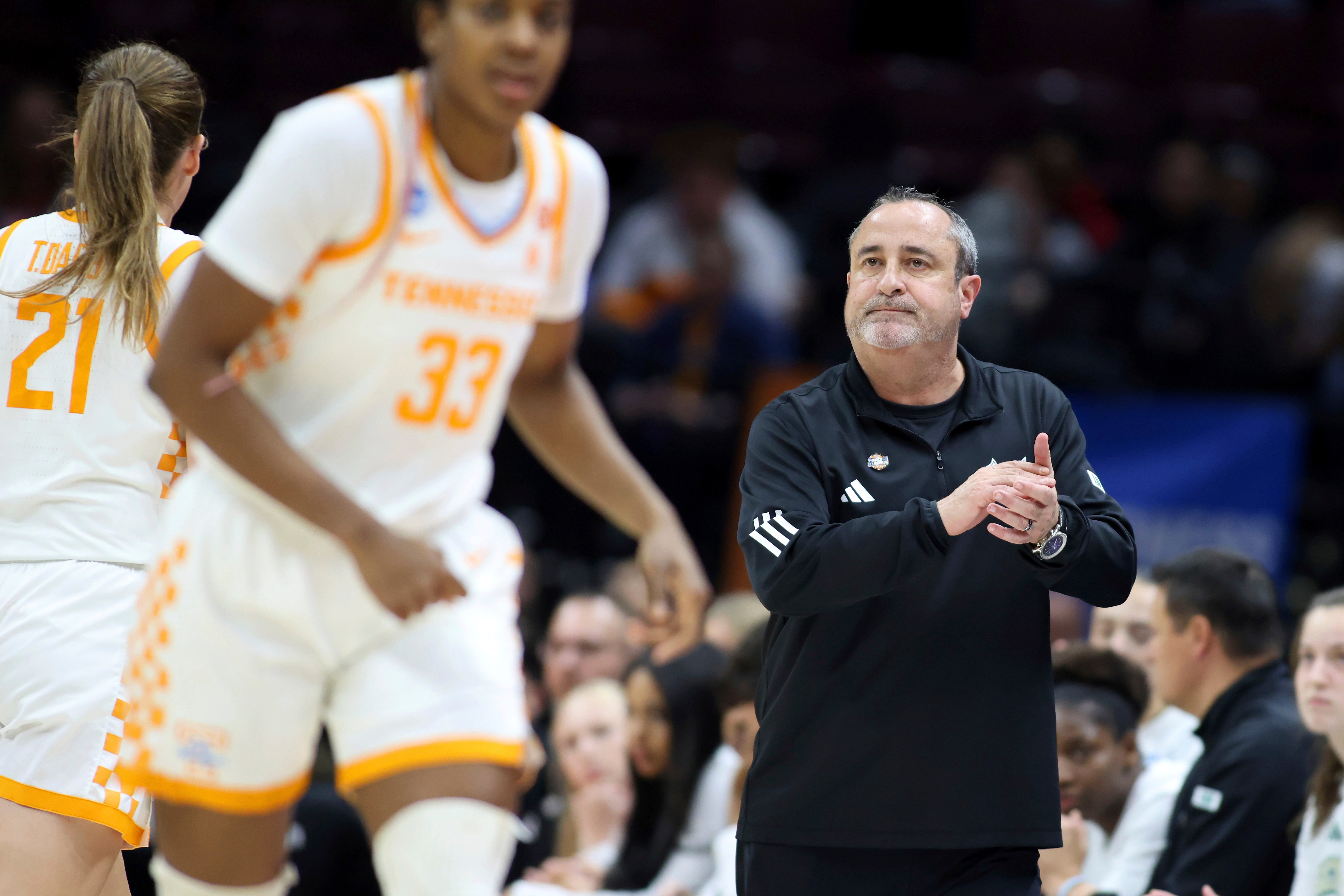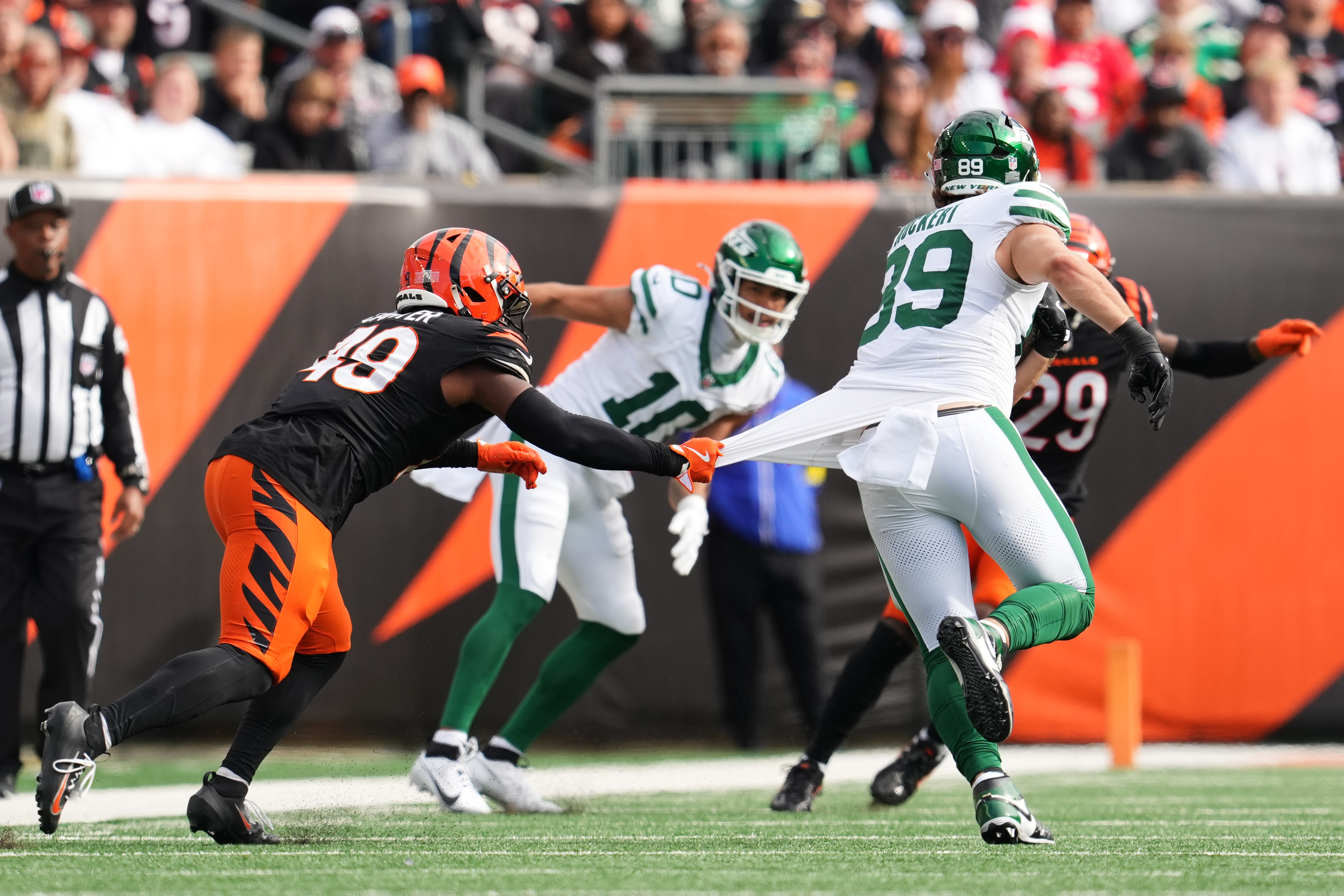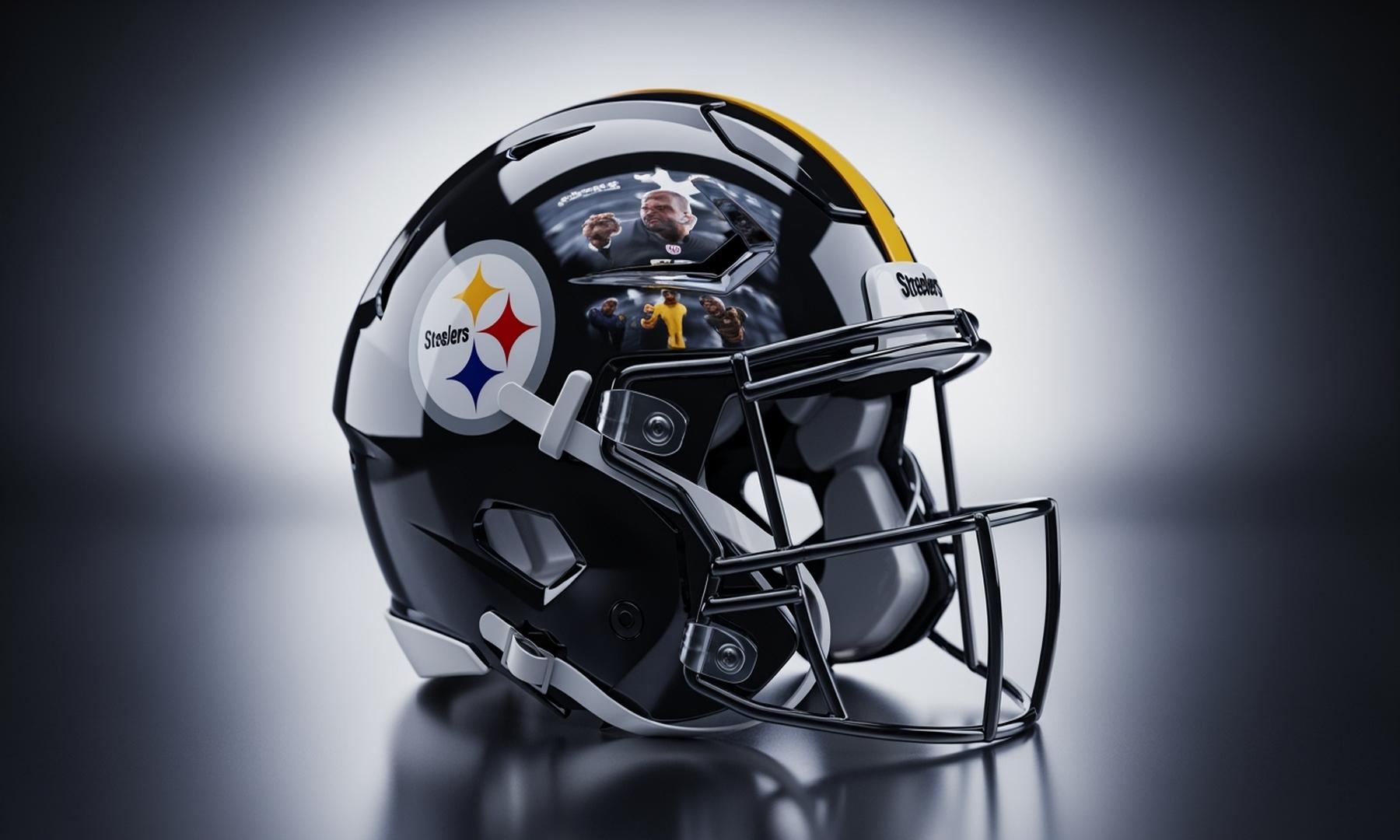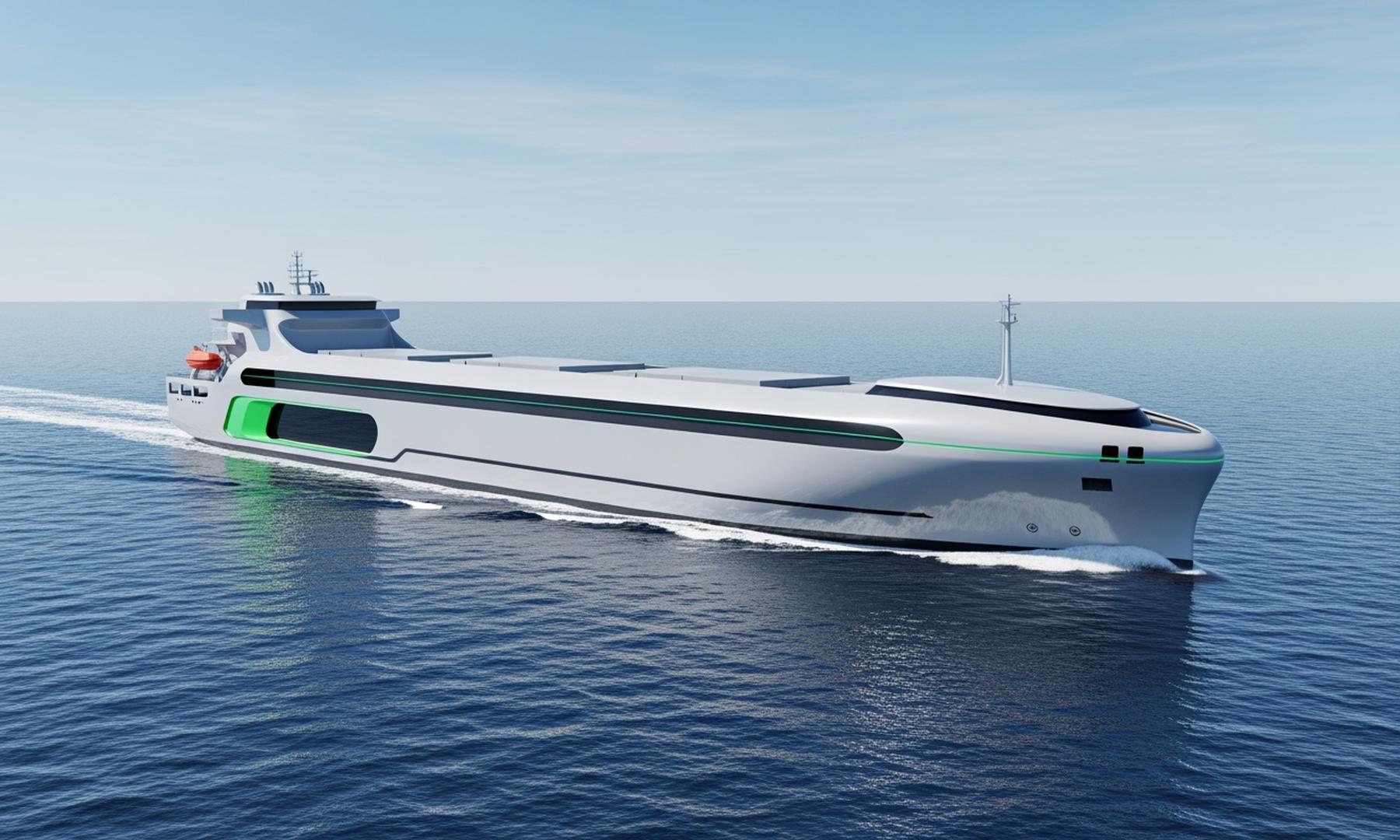What's Happening?
Filmmaker Nia DaCosta has reimagined the classic play 'Hedda Gabler' with a distinctive visual style that blends period elements with modern aesthetics. Collaborating with cinematographer Sean Bobbitt, DaCosta aimed to avoid the typical look of English
period dramas by incorporating murder-mystery and English country-house vibes. The film's production design, led by Cara Brower, features a mix of 1950s furniture and modern art, creating a unique setting that reflects the idiosyncratic nature of the protagonist. The film's visual narrative is further enhanced by a dynamic lighting scheme that evolves with the story's progression, drawing inspiration from Danish painter Vilhelm Hammershoi. Costume designer Lindsay Pugh contributed to the film's aesthetic by blending elements of 1950s French fashion with a modern sensibility, particularly in the character of Loveborg, who embodies both femininity and intellectual strength.
Why It's Important?
Nia DaCosta's approach to 'Hedda Gabler' highlights the potential for innovation within the film industry, particularly in the adaptation of classic works. By merging traditional and contemporary elements, DaCosta challenges the conventions of period dramas, offering audiences a fresh perspective. This creative direction not only showcases DaCosta's unique vision but also underscores the importance of visual storytelling in film. The project may influence future filmmakers to explore similar hybrid styles, potentially leading to a broader acceptance of diverse artistic expressions in mainstream cinema. Additionally, the film's emphasis on strong female characters and modern aesthetics could resonate with contemporary audiences, fostering discussions about gender roles and artistic representation.
What's Next?
As 'Hedda Gabler' continues to gain attention, it may inspire other filmmakers to experiment with blending historical and modern elements in their work. The film's reception could also impact DaCosta's career, positioning her as a leading voice in innovative filmmaking. Industry stakeholders, including production companies and distributors, may take note of the film's success and consider supporting similar projects that push the boundaries of traditional genres. Furthermore, the film's unique style could influence fashion and design trends, as audiences and creators alike draw inspiration from its distinctive aesthetic.
Beyond the Headlines
The film's exploration of visual style and character development may prompt deeper discussions about the role of women in both historical and contemporary contexts. By portraying a complex female protagonist who navigates societal expectations, 'Hedda Gabler' invites viewers to reflect on issues of identity, autonomy, and empowerment. This thematic depth, combined with the film's innovative visual approach, positions it as a culturally significant work that could contribute to ongoing conversations about gender and representation in the arts.
